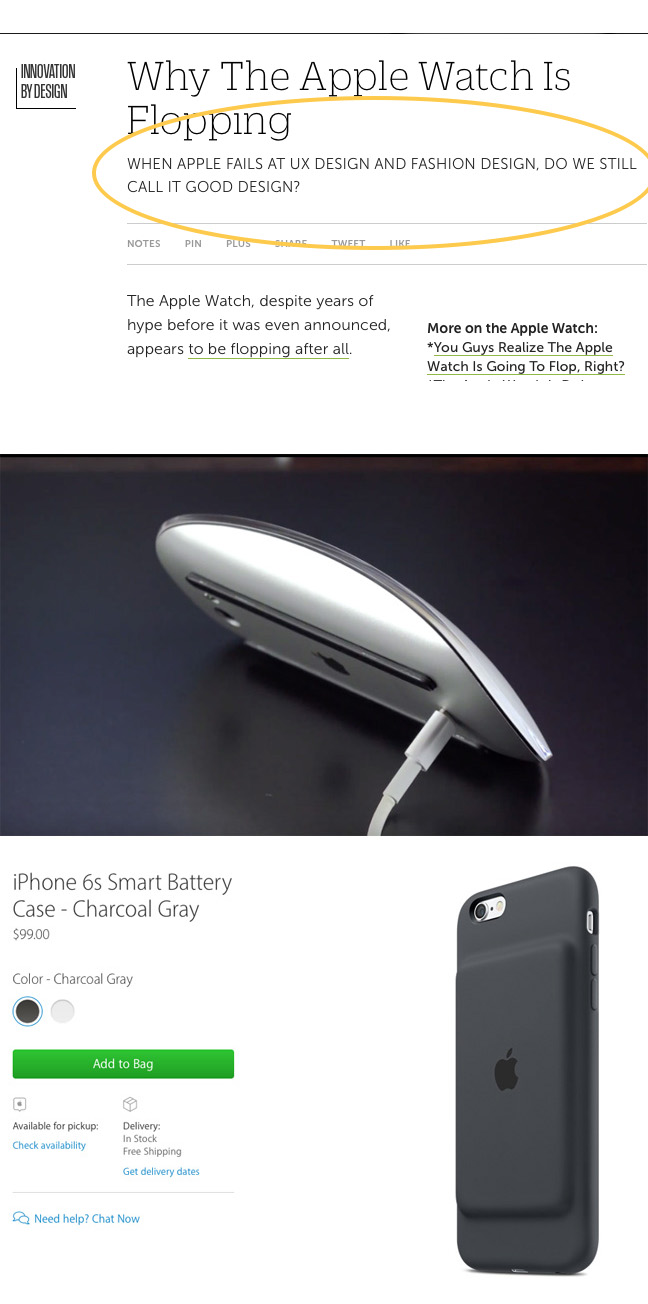This article is more than 1 year old
2016 in mobile: Visit a components mall in China... 30 min later, you're a manufacturer
The Reg on the rise of Shenzhen generics, the fall of wearables and other coming trends
Apple Leasing: subscription hardware
Apple's least-noticed innovation in 2015 could also be interpreted as a response to the threat of the Shenzhen miracle. It introduced "hardware by subscription" – the iPhone Upgrade program, and billed it as "the best way to own iPhone".
This means Apple is doing hire purchase, just like the mobile network operators have been doing, but it's a more attractive proposition for the punter.
The deal is you pay Apple, not the carrier, over 24 months, when you acquire a new device. But after 12 payments (or six months) you can upgrade to the latest model.
Mobile network operators have grumbled for years at having to pay Apple billions upfront every year, money which is only recouped over many months. But now they'll be forced to compete more on service rather than device availability. And it also diminishes the appeal of their retail presence, since potential customers head for an Apple store (for an unlocked device) or online.
Why bother?
Well, with prices of "good enough" high-end phones collapsing in the Android world, the Apple premium starts to look very large indeed. As I argued here, Apple was always about more selling a nice shiny thing. Buying Apple was a hedge against the future. It might not be bleeding edge, but if you stuck with it, it'd take care of big and potentially inconvenient technology shifts at a pace you could manage. That's a pretty powerful pitch for people with lots of choices about what to do with their money.
But not everybody buys into that. When Apple makes a merely-meh Watch, it doesn't quite look like the omniscient oracle of the future. When it makes a "designed in Shenzhen" battery pack, it doesn't look like the pinnacle of design, either.
Apple's design this year has been awful. And crucially, don't underestimate how much quality and value there is in the sub-£300 market now that just wasn't there a year ago.

Take Huawei's Honor 7. It's £249, and it has got a handy extra button on the side. The fingerprint sensor is faster and more reliable and placed in a more convenient spot than it is on an iPhone. The battery lasts longer than an iPhone. It has a spectacular long exposure night mode. If you call abroad much, it takes a second SIM.
It runs all the apps you want, including Apple Music. It isn't an iPhone, but it will save you £400 a year, if you upgrade annually. And that value proposition is just going to get better and better.
Apple's brand is still so strong it can charge £400 for two-year-old phones. But introducing hardware by subscription turns the Apple premium into a gym renewal, a choice it hopes you never see. ®
